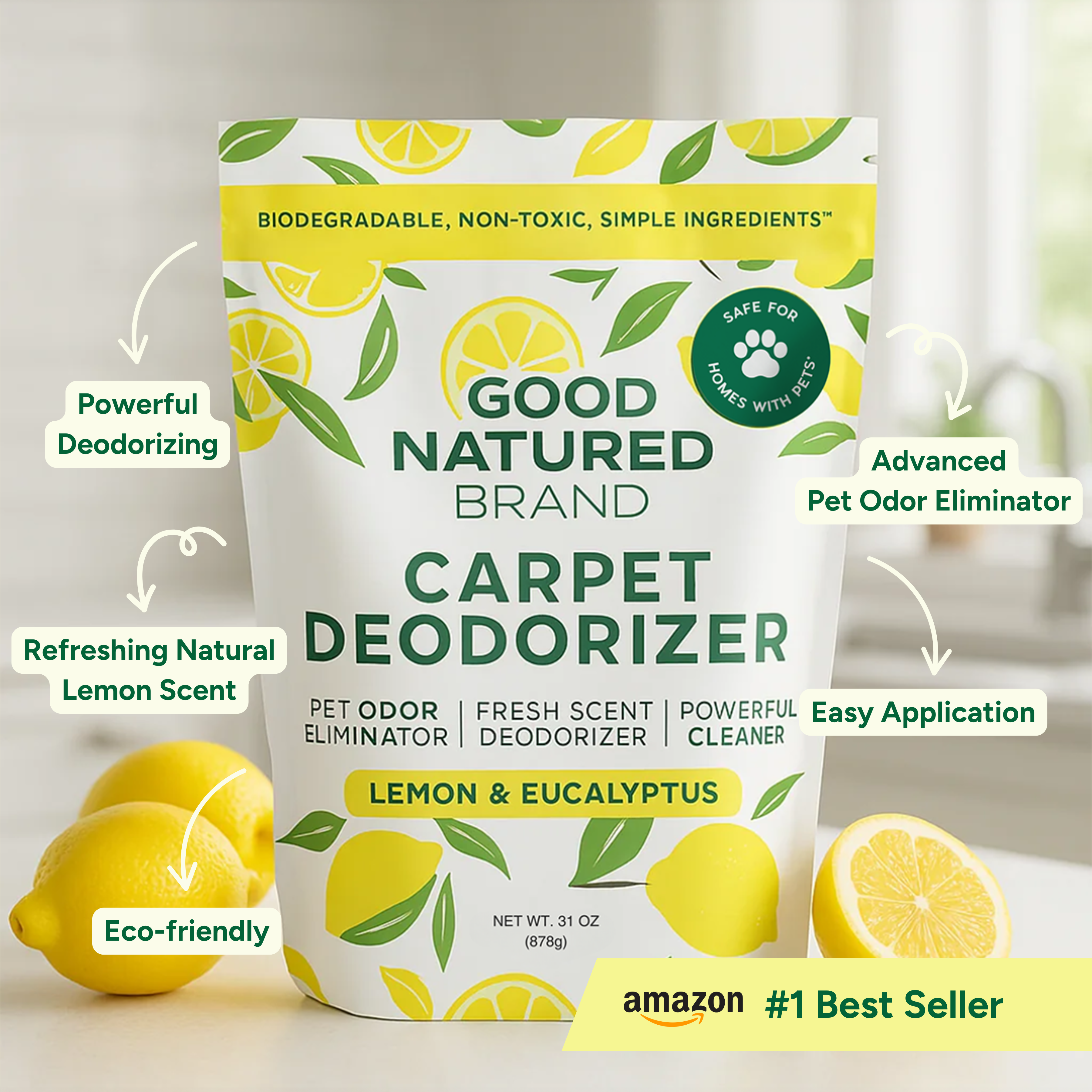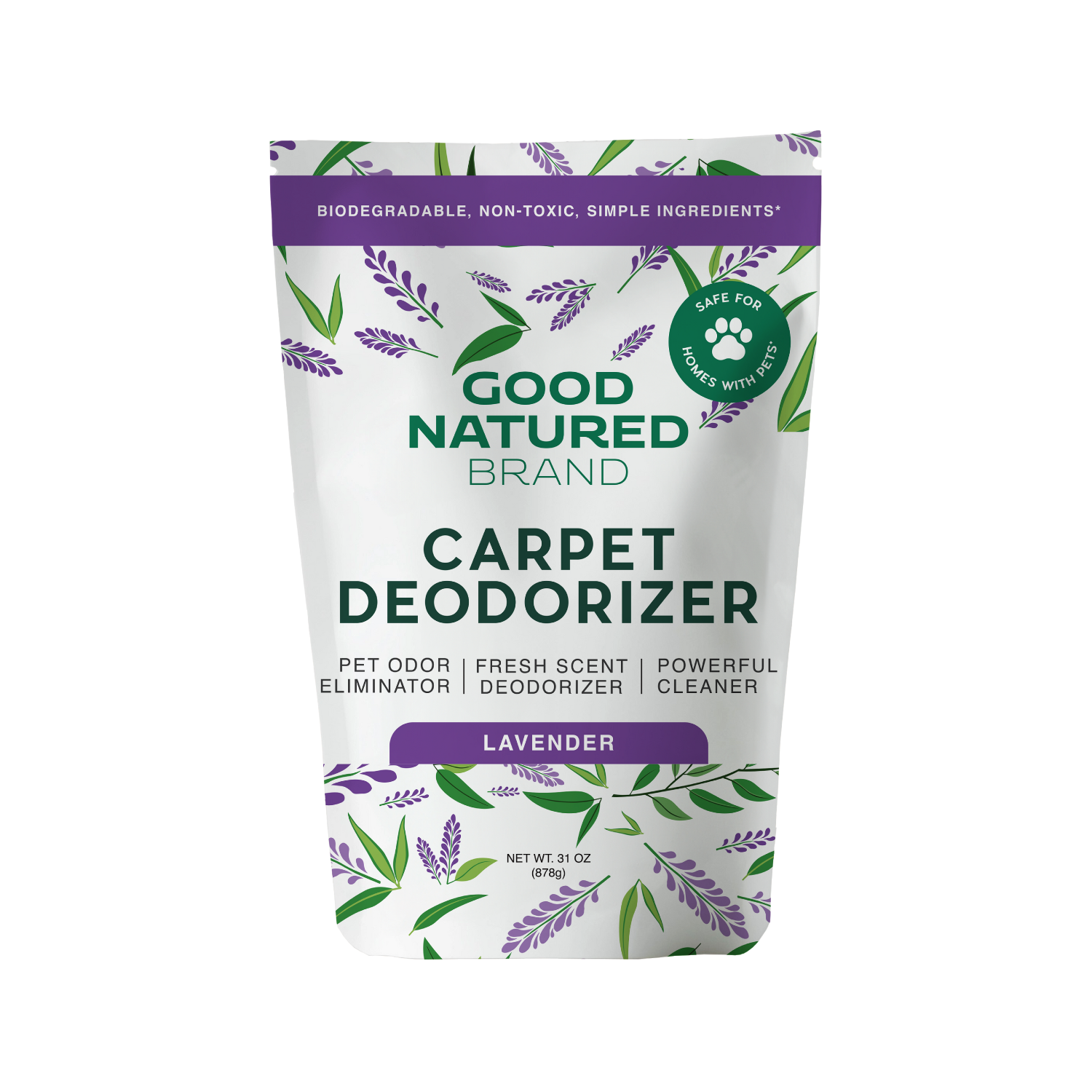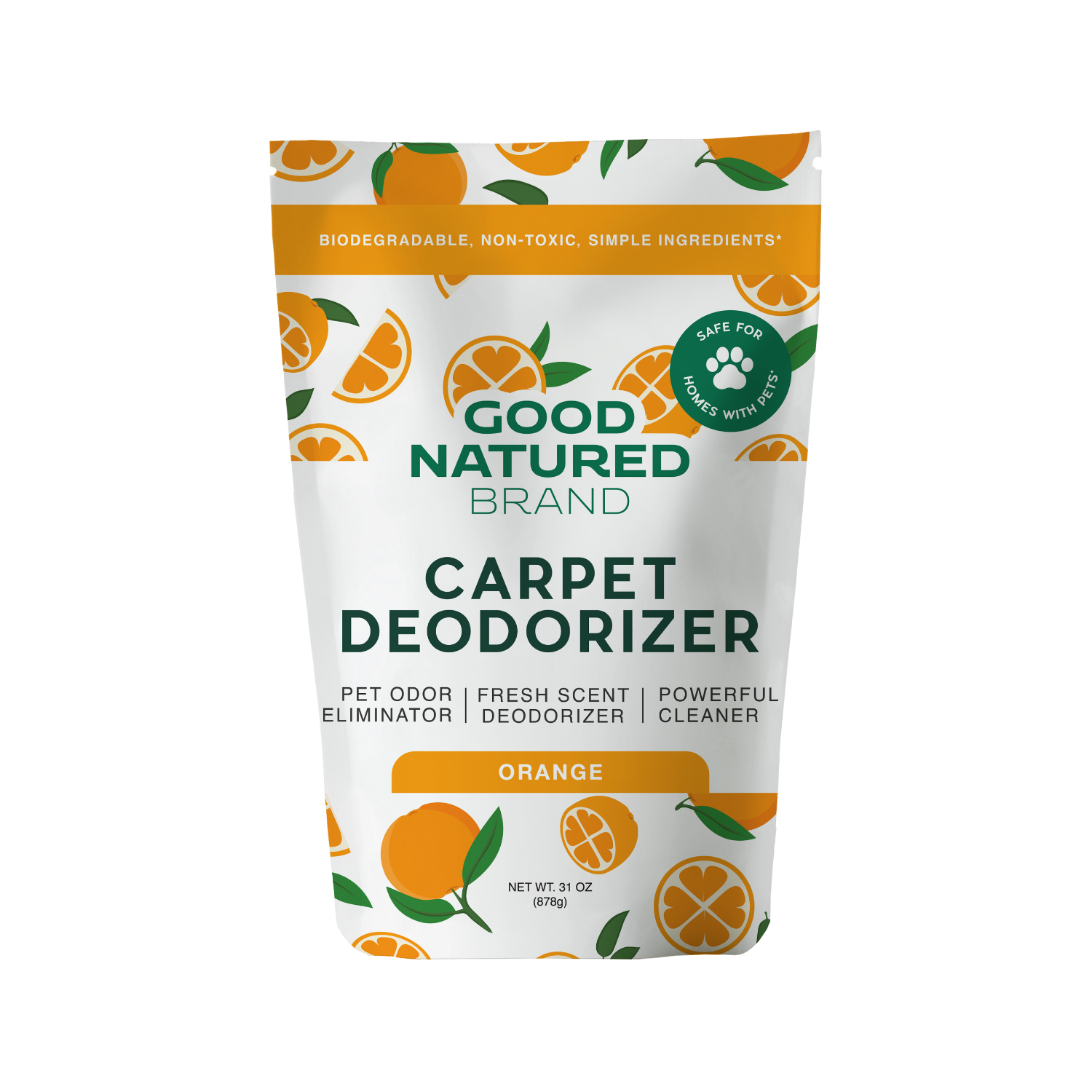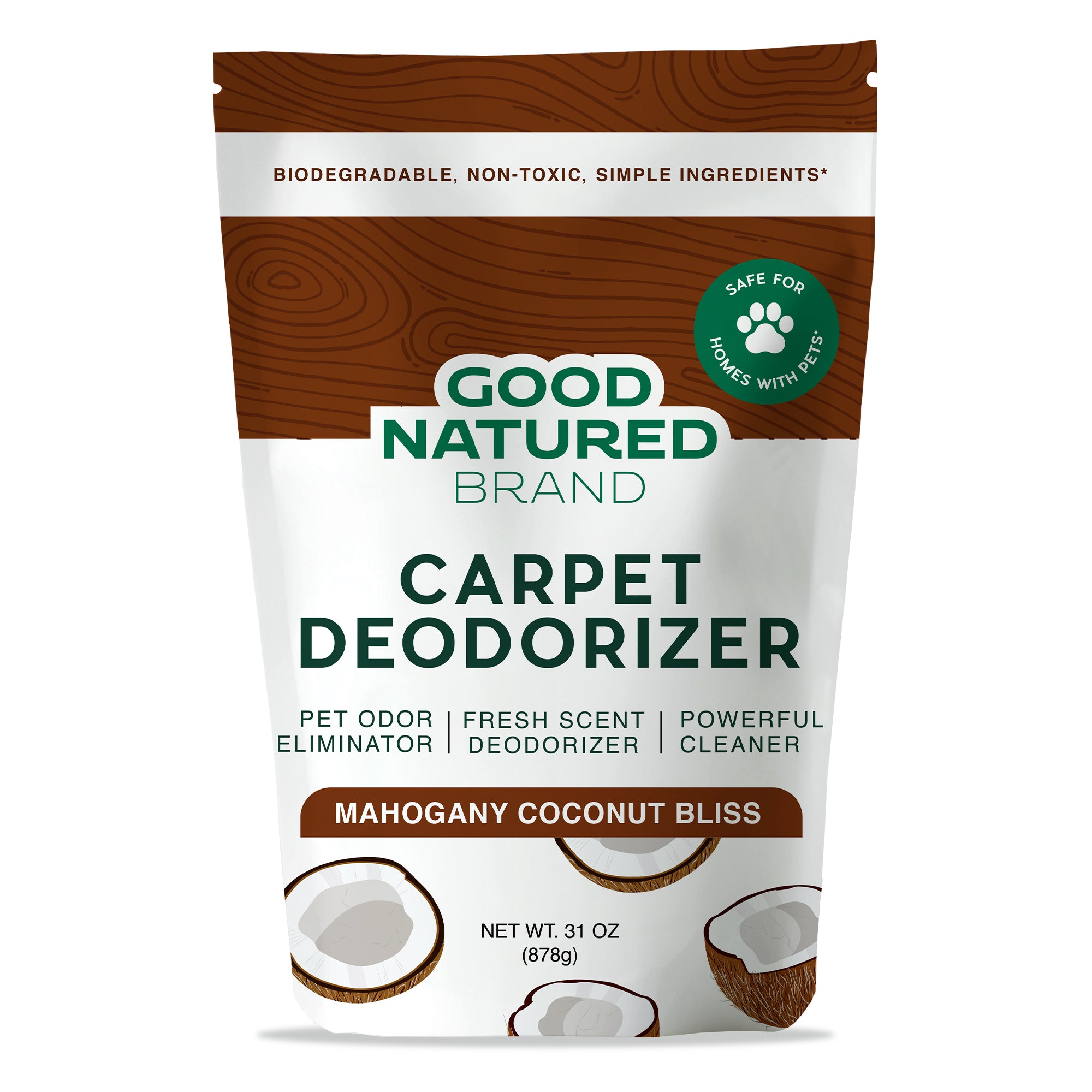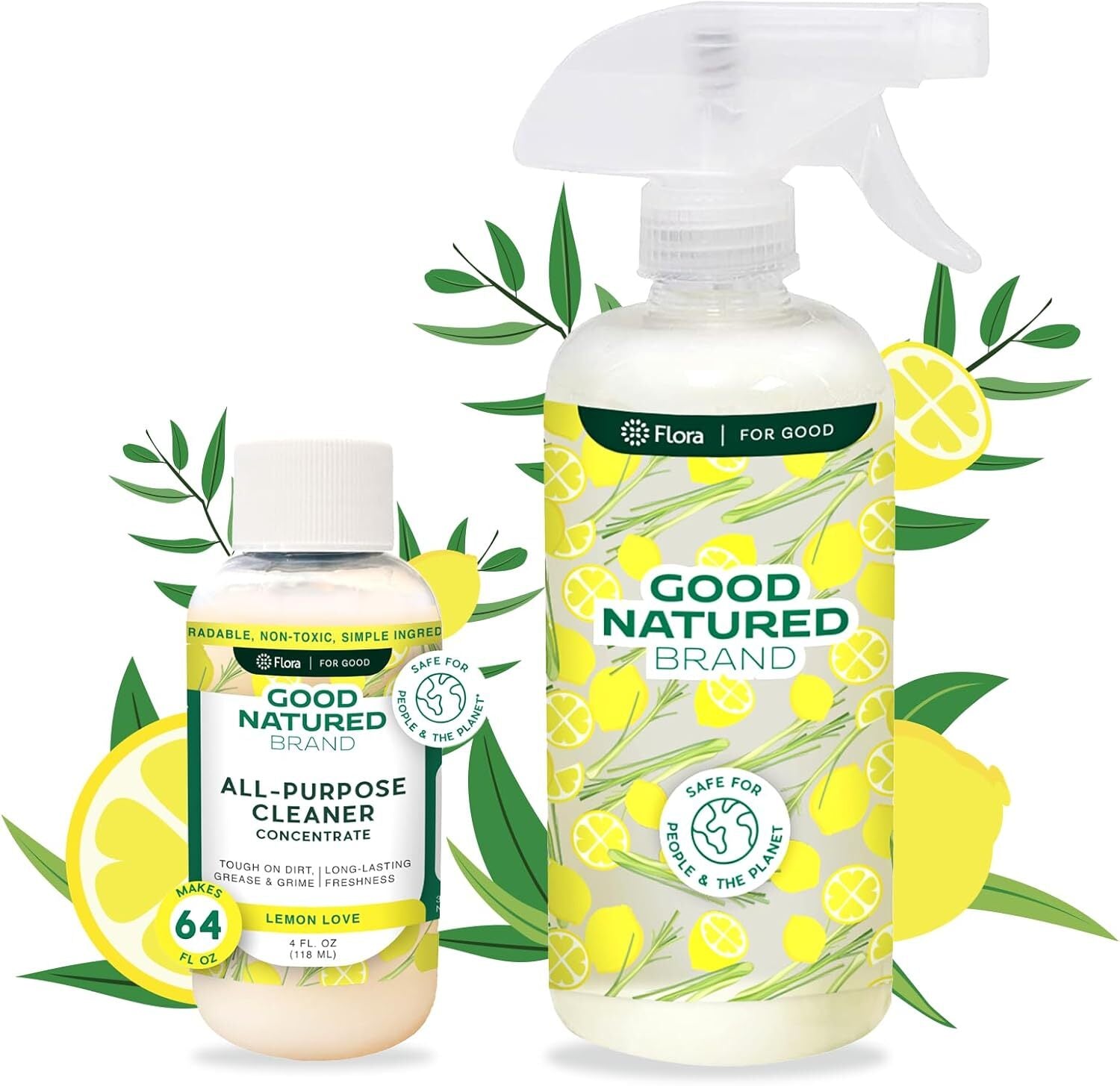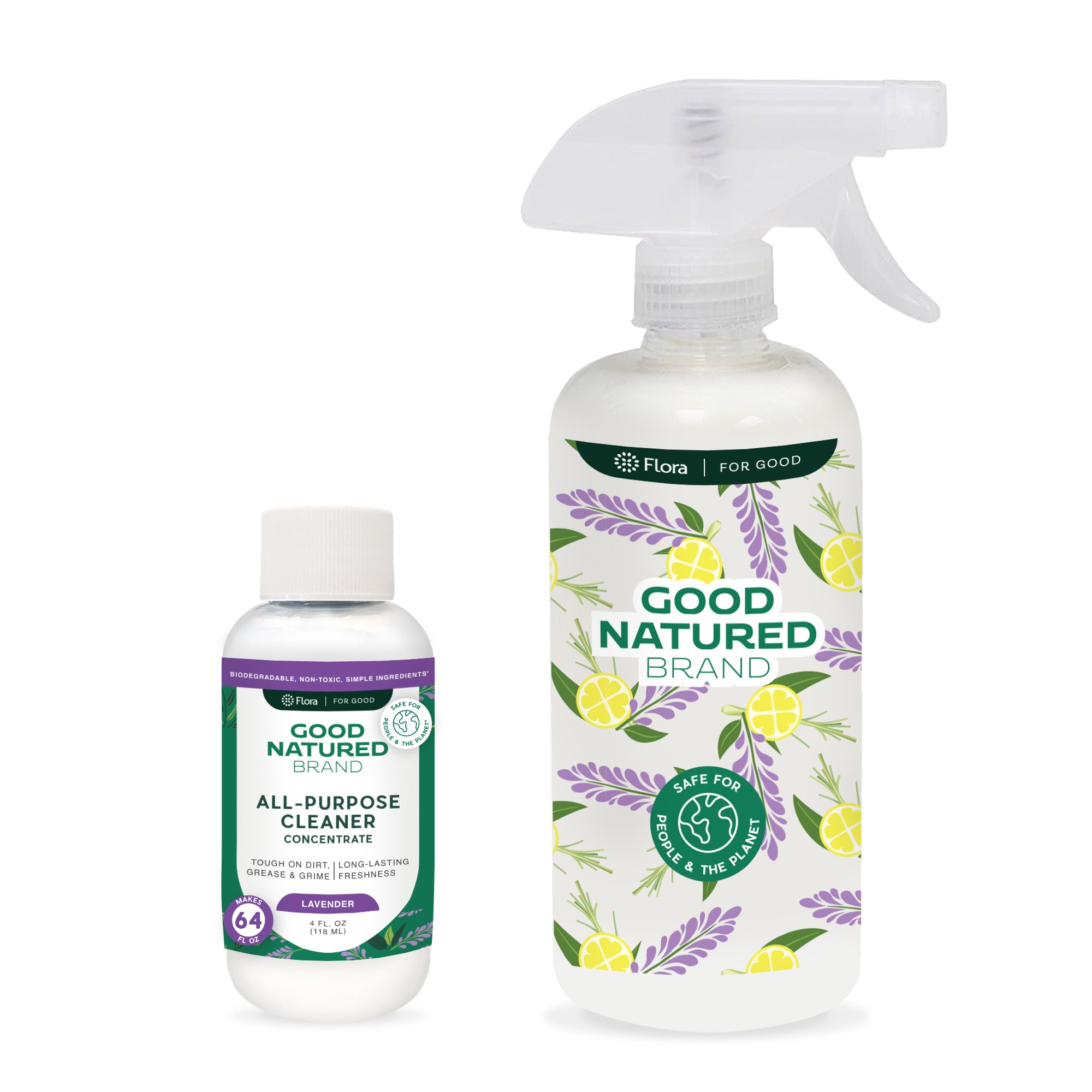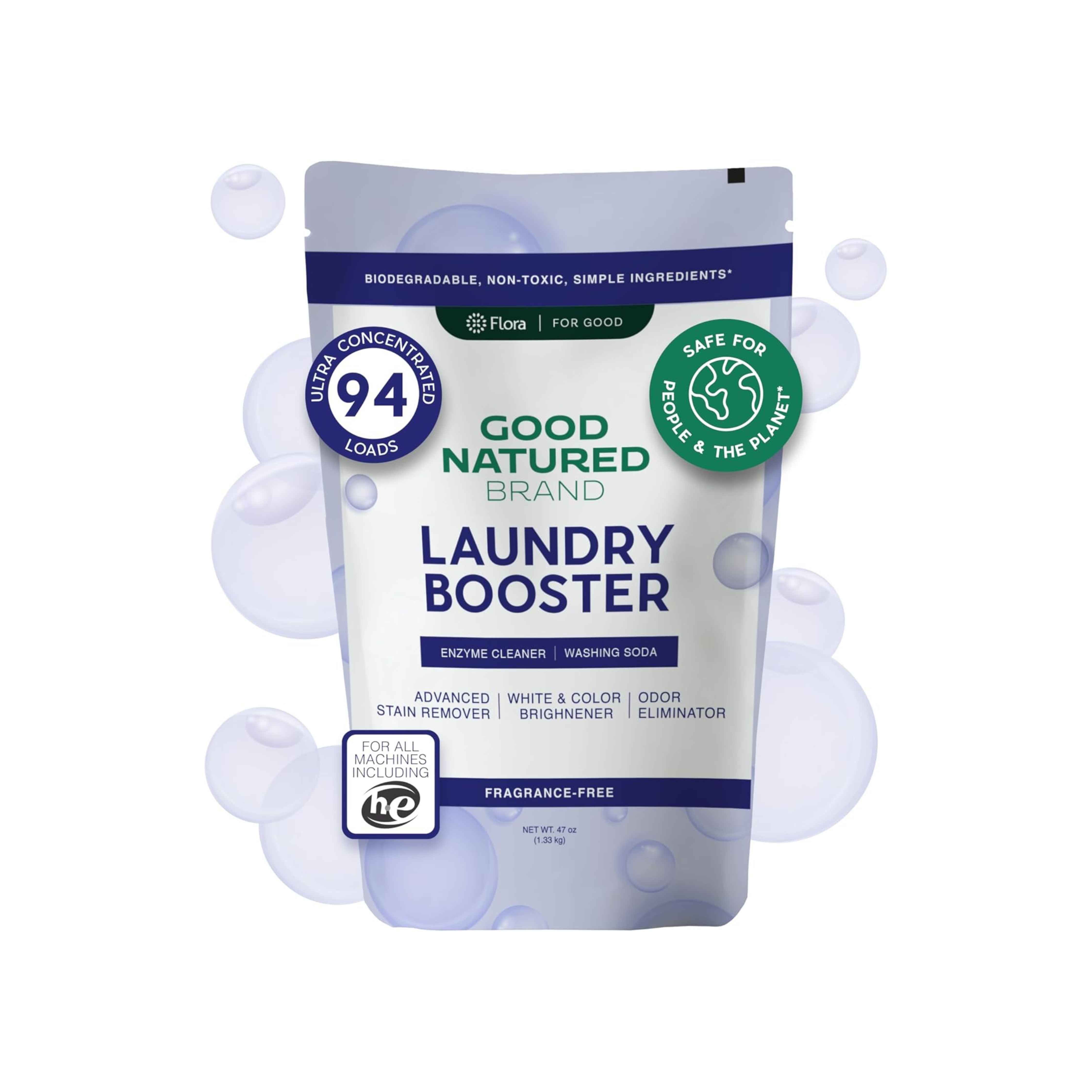Introduction to Flea Control
As pet owners, we all want to ensure our furry friends are comfortable and healthy. Fleas can be a significant nuisance for both pets and their owners, leading to itching, discomfort, and even health issues if left untreated. While chemical flea collars have been a popular choice for managing fleas, many pet parents are now seeking non-toxic alternatives that are safer for their pets and the environment. This guide will explore effective, natural solutions to keep fleas at bay without relying on harsh chemicals.
Understanding the Risks of Chemical Flea Collars
Chemical flea collars often contain pesticides that can pose serious health risks to pets and humans alike. Ingredients such as organophosphates and pyrethroids are commonly used in these collars and can lead to a variety of side effects, including:
-
Skin irritations and allergic reactions
-
Neurological issues in pets and humans
-
Long-term health risks from chemical exposure
Given these potential dangers, it's no wonder that many pet owners are looking for safer, non-toxic options to protect their dogs from fleas.
The Need for Non-Toxic Alternatives
The demand for non-toxic alternatives to chemical flea collars has risen significantly in recent years. Pet owners are increasingly aware of the harmful effects of synthetic chemicals, not only on their pets but also on the environment. By choosing non-toxic options, you can protect your pet while also contributing to a healthier planet.
Benefits of Non-Toxic Flea Control
Switching to non-toxic flea control methods offers several advantages:
-
Healthier Pets: Non-toxic alternatives minimize the risk of chemical exposure, leading to fewer health issues for your pets.
-
Safety for Humans: Reducing chemical use in your home creates a safer environment for you and your family.
-
Environmental Impact: Non-toxic products are often biodegradable and less harmful to wildlife and ecosystems.
Natural Flea Prevention Methods
There are several effective non-toxic methods for preventing and controlling fleas. Here are some popular natural solutions that you can easily implement.
Essential Oils
Many essential oils are known for their flea-repelling properties. Some of the most effective oils include:
-
Lavender: Known for its calming scent, lavender also repels fleas. You can dilute lavender oil with a carrier oil and apply it to your dog's collar or bedding.
-
Peppermint: This oil can help keep fleas away while providing a refreshing scent.
-
Lemon: The acidity in lemon can deter fleas. You can create a spray by steeping lemon slices in water and using it on your dog’s coat.
When using essential oils, always ensure they are safe for your specific breed and consult with your veterinarian if you're unsure.
Homemade Flea Sprays
Creating your own flea spray can be an effective and budget-friendly option. Here’s a simple recipe to get you started:
-
Ingredients:
-
1 cup of water
-
1 cup of apple cider vinegar
-
10-15 drops of essential oil (such as lavender or peppermint)
-
-
Instructions:
-
Mix all ingredients in a spray bottle.
-
Shake well before each use.
-
Lightly spray your dog's coat, avoiding the eyes and sensitive areas.
-
This homemade flea spray is a natural way to keep fleas at bay and will leave your dog smelling fresh.
Herbal Remedies
Certain herbs can also serve as effective flea repellents. Consider planting or using:
-
Rosemary: This herb has natural flea-repelling properties and can be brewed into a tea and used as a rinse.
-
Basil: Keeping basil plants around your home can deter fleas and other pests.
You can incorporate these herbs into your dog’s diet or use them in homemade sprays.
Grooming and Bathing
Regular grooming and bathing can significantly reduce flea populations on your pet. Here are some tips:
-
Frequent Brushing: Regular brushing helps remove fleas and their eggs from your dog’s coat. Make sure to use a flea comb for best results.
-
Bathing: Bathe your dog with a mild, natural soap to remove fleas. This can be done once a month during peak flea season.
Consider using Laundry Powders that are safe for pets when washing your dog's bedding and toys to eliminate any lingering fleas.
Maintaining a Clean Environment
An essential aspect of flea control is keeping your home clean. Fleas can lay eggs in carpets, furniture, and bedding, so regular cleaning is crucial.
Vacuuming
-
Regular Vacuuming: Vacuum your home frequently, focusing on areas where your dog spends time. This helps remove flea eggs and larvae.
-
Carpet Deodorizers: After vacuuming, consider using Carpet Deodorizers to help eliminate any remaining odors and possible flea remnants.
Washing Pet Items
-
Wash Bedding: Wash your dog’s bedding and toys regularly with hot water and a Laundry Powder that is free from harsh chemicals to ensure a clean and safe environment.
-
Use Pet-Safe Cleaning Products: Opt for All Purpose Cleaners that are biodegradable and safe for pets when cleaning surfaces.
Exploring Non-Toxic Alternatives
As we continue our journey to find effective non-toxic alternatives to chemical flea collars, it’s essential to recognize that there are many natural solutions available that can help keep your dog flea-free. These alternatives not only promote better health for your pet but also contribute to a cleaner environment. Here, we will explore various natural products and methods that you can incorporate into your dog care routine.
Herbal and Natural Flea Repellents
Herbs and natural ingredients can be powerful allies in the fight against fleas. Here are some effective options:
-
Rosemary: Known for its flea-repelling properties, rosemary can be used as a natural flea deterrent. You can create a rosemary rinse by steeping fresh or dried rosemary in boiling water. Once cooled, use the rinse after bathing your dog to help repel fleas.
-
Basil: This herb not only adds flavor to your meals but also helps in keeping fleas away. You can grow basil plants around your home or use basil essential oil diluted in a carrier oil to apply to your dog’s collar.
-
Cedar Shavings: Cedar is another natural flea repellent. Use cedar shavings in your dog’s bedding or sprinkle them around areas where your dog spends time to help deter fleas.
Essential Oils for Flea Control
Essential oils can be effective in repelling fleas when used correctly. Here are some oils that are safe for dogs:
-
Lavender Oil: Not only does lavender smell wonderful, but it also acts as a natural flea repellent. You can dilute lavender oil in water and spray it on your dog’s coat or bedding.
-
Peppermint Oil: The strong scent of peppermint can help keep fleas at bay. Mix a few drops with water and use it as a spray, but ensure you don’t apply it directly to sensitive areas like the face.
-
Lemon Oil: Citrus scents are known to repel fleas. You can create a citrus-infused spray by mixing lemon juice with water. Be cautious with citrus oils, as not all dogs tolerate them well, so always consult your vet first.
Homemade Flea Treatment Recipes
Creating your own flea treatments at home can be both cost-effective and safe for your pet. Here are some easy recipes to try:
-
Flea Spray:
-
Ingredients:
-
1 cup of water
-
1 cup of apple cider vinegar
-
10 drops of essential oil (like lavender or cedar)
-
-
Instructions:
-
Mix all ingredients in a spray bottle.
-
Shake well and spray lightly on your dog, avoiding the eyes and sensitive areas.
-
-
-
Flea Shampoo:
-
Ingredients:
-
1 cup of water
-
1 cup of liquid castile soap
-
10 drops of essential oil (like lavender or peppermint)
-
-
Instructions:
-
Combine all ingredients in a bottle.
-
Use during bath time to help eliminate fleas.
-
-
These homemade solutions not only help repel fleas but also ensure that your dog is not exposed to harmful chemicals.
Lifestyle Changes for Flea Prevention
In addition to using natural products, adopting certain lifestyle changes can significantly reduce the likelihood of flea infestations:
-
Regular Grooming: Make grooming a regular part of your dog’s routine. Brushing your dog’s coat helps remove fleas and their eggs. Utilize a fine-toothed flea comb to effectively catch and remove them.
-
Maintaining a Clean Home: Fleas thrive in dirty environments. Regularly vacuum your home, especially areas where your dog spends time, to remove fleas and their larvae. Additionally, wash your dog’s bedding and toys frequently with Laundry Powders that are safe for pets.
-
Using Natural Cleaners: When cleaning your home, opt for eco-friendly products like All Purpose Cleaners that are safe for pets. This helps ensure that your living space is not only clean but free from harmful chemicals.
Maintaining Indoor Flea Control
To keep your home flea-free, consider these additional measures:
-
Flea Traps: You can create simple flea traps using a bowl of soapy water placed under a light source. Fleas are attracted to the light and will jump into the water, where they will drown.
-
Regularly Treat the Yard: If your dog spends time outdoors, it's important to treat your yard for fleas as well. Consider using diatomaceous earth, a natural product that can help eliminate fleas in your garden.
Conclusion
Transitioning to non-toxic alternatives for flea control is a responsible and beneficial choice for both your pet and the environment. By utilizing natural remedies, maintaining a clean living space, and adopting preventive measures, you can effectively manage flea populations without resorting to harmful chemicals.
For more insights on maintaining a healthy environment for your pets, visit Good Natured Brand’s blog where you'll find a wealth of information on sustainable pet care practices. Remember to explore our selection of Carpet Deodorizers to keep your home fresh and welcoming for both you and your pets.
Stay tuned for more information on advanced strategies for effective flea management and to learn how to keep your furry friends happy and healthy year-round!
